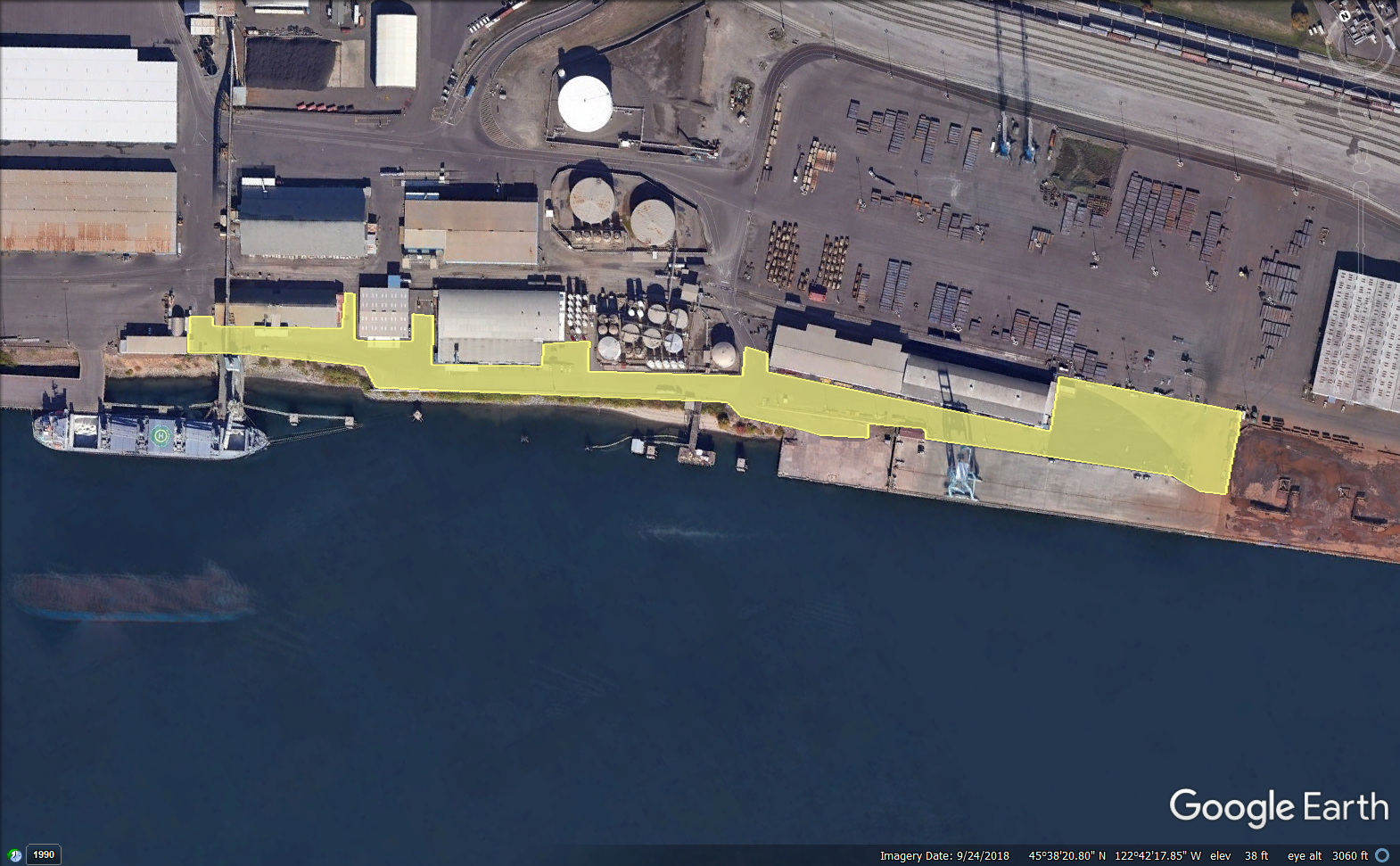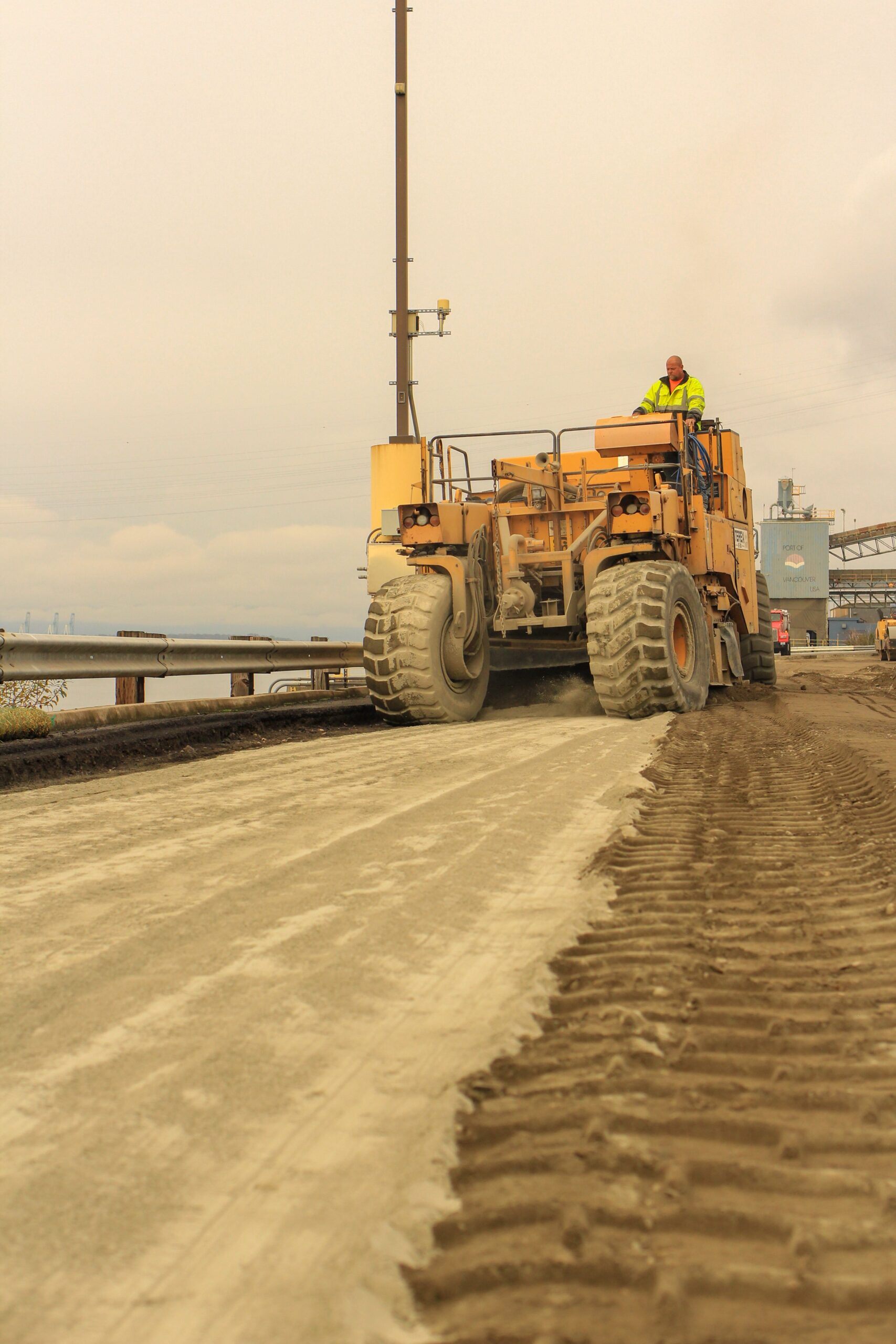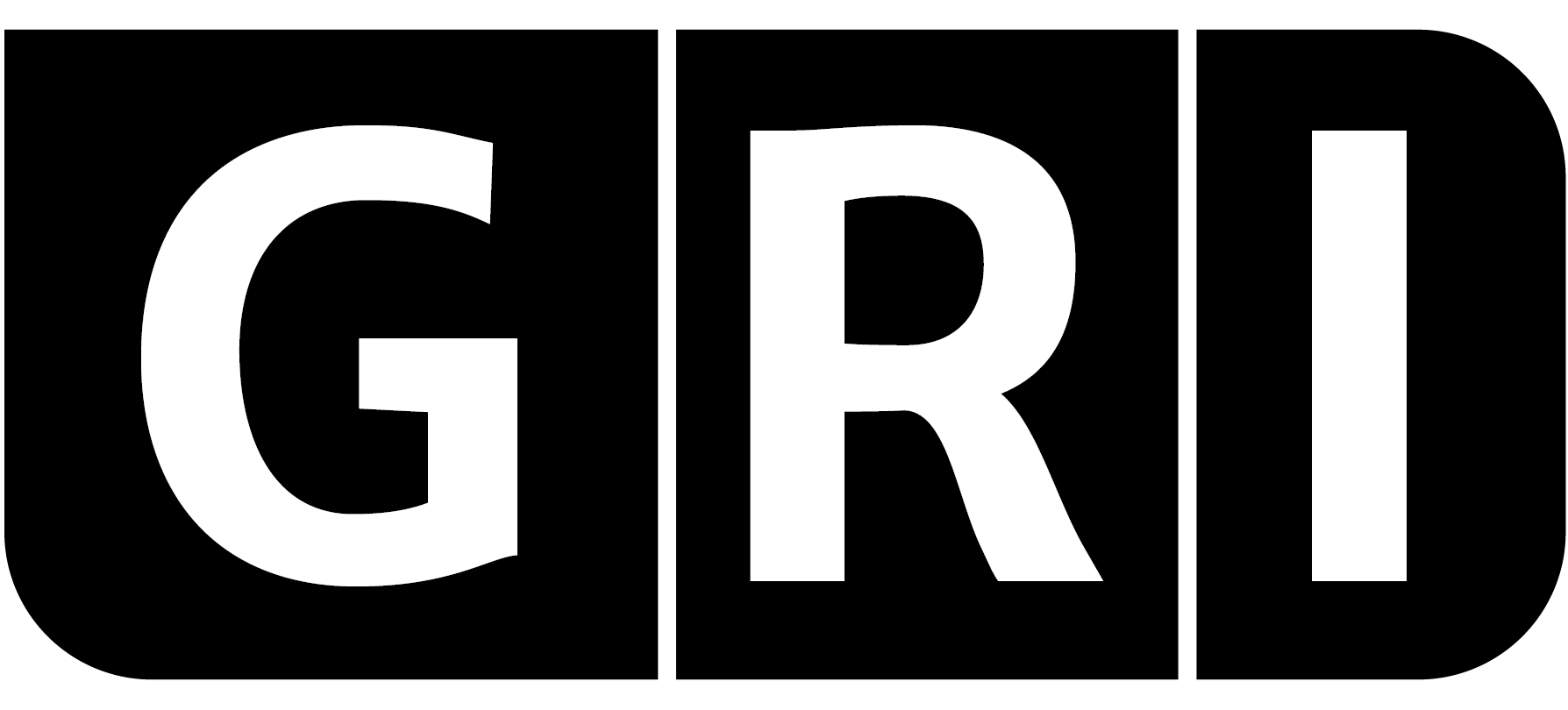


Port of Vancouver, USA, Terminal 2 Pavement Rehabilitation
Through an on-call contract with the Port of Vancouver USA, GRI conducted a pavement evaluation at Terminal 2 to develop rehabilitation and reconstruction recommendations for approximately 6.5 acres of asphalt pavement. The pavement rehabilitation analysis was conducted to estimate the structural strengthening requirements based on the existing pavement structural capacity, the subgrade support conditions, and the estimated traffic loading. The structural analysis was based on: 1) pavement core and boring explorations, 2) Falling Weight Deflectometer (FWD) deflection test results, and 3) laboratory materials testing. Our geotechnical engineering staff found that pavement within Terminal 2 appeared to exhibit large areas of medium- to high-severity fatigue cracking, extensive non-load associated cracking, and deteriorated utility patches. These findings assisted the Port of Vancouver USA in determining that the majority of the pavement within Terminal 2 was in need of a full-depth repair.
For the west end of Terminal 2, where recognized contamination was present, GRI completed environmental sampling to better define the location of the contamination with respect to planned pavement recommendations. Because of this material, geotechnical and pavement engineers were tasked with managing hazardous material in a cost-effective way, while not creating a larger hazard. As a sustainable and low-impact reconstruction option, GRI selected full-depth reclamation (FDR) with cement stabilization as the preferred design alternative in order to nearly eliminate the need for removal and disposal of contaminated material.
GRI utilized Full-Depth Reclamation (FDR) as the preferred design alternative for areas requiring reconstruction. FDR is a tool that recycles existing pavement section in-place to rebuild new pavement. Rather than digging up old asphalt, sending the debris to landfill, and placing new pavement, FDR focuses on reusing and recycling material for an eco-friendly and cost-effective way to rehabilitate pavement. Although FDR is not a new tool, is has not been utilized as widely as a reconstruction technique until recently. FDR also helps to minimize the amount of trucks needed on site at construction projects, which introduces another sustainable element to a project that is aiming to stay “green.”
Prior to the Terminal 2 Pavement Rehabilitation project, the Port of Vancouver USA had not previously utilized FDR technology for pavement reconstruction purposes. This was a new tool for their toolbox and one that they plan to depend on for future projects. In addition to this new tool, cement stabilization had also never been used for pavement design at the Port until now. These new tools and pavement engineering processes allows the Port to redefine the way that their pavement is handled in the future.
Once complete, GRI in partnership with the Port of Vancouver successfully rehabilitated nearly 6.5 acres of asphalt pavement, mitigated contamination on site, and improved the safety on site for the Port of Vancouver USA and its tenants.
Location: Vancouver, Washington
Owner: Port of Vancouver, USA
Market Sector: Ports & Waterfront
Services: Geotechnical Engineering, Pavement Engineering

